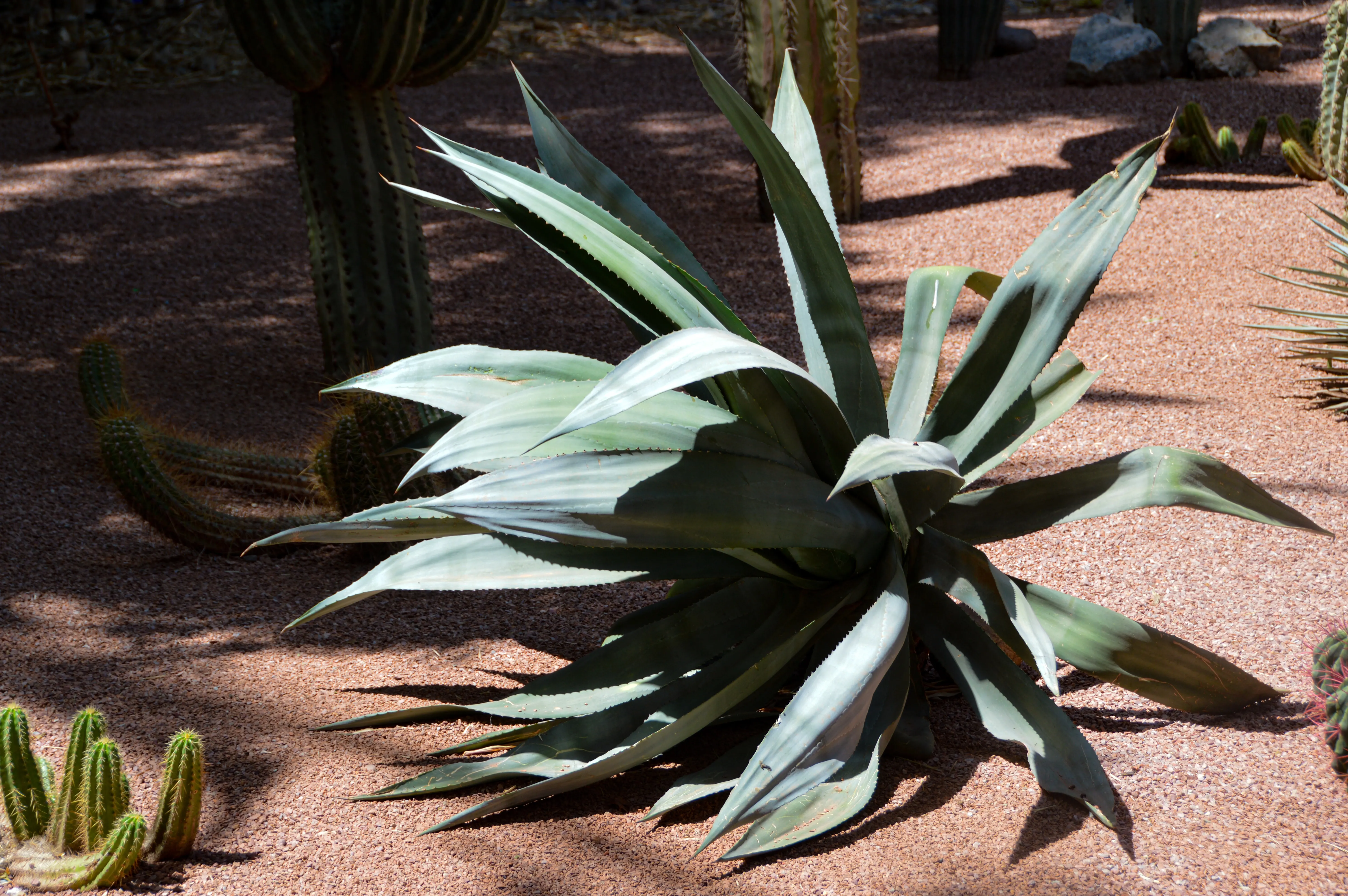Source: UF/IFAS 2023
Chasing the Worm, Identifying the Species–Mezcal Science
Did you know that nobody knew what kind of worm was in mezcal? Recently, UF entomologists chased the worm all the way to the agave farms making mezcal in Mexico.
Mezcal is a growing industry, and while it has been consumed for hundreds of years, the lingering worm at the bottom of the bottle was added in the 1940s. This mostly niche, small batch craft product continues to increase in popularity as craft cocktails remain a craze. That worm though, we need a lot more of them!
Known as gusanos de maguey, aka worms of agave, UF scientists realized the actual species of insect responsible for the larval stage “worm” was unknown. The researchers suspected that the mezcal worms must be a variety of different species. Were different farmers putting different worms in their bottles? Did everyone use the same species while it remained unknown to science? Could any worm work?
All 18 farms in the study used the same caterpillar from the same moth species, Comadia redtenbacheri, commonly known as the agave redworm moth. This caterpillar larvae burrows deep into agave plants, so with the increase in popularity of mezcal, the wild harvested worms are in short supply. Plus, harvesting the larvae often kills the agave. Farmers may actually start farming agaves for THE WORMS!
Here are a few interesting takeaways:
While most caterpillars receiving a lot of attention in Central Florida are either desired butterflies or serious plant pests, insect identification is so important!
Farmers knew first. While the agave farmers were not academics, they are human. Without any formal entomological training, the agave farmers consistently selected the same species of caterpillar though the actual species was unconfirmed by science until recently.
Insects are cool–think about bugs differently! We should eat a lot more of them. Bugs make beautiful art. When can a “pest” become the “prize”? Bug farming, anyone? From silk to shellac, insects are responsible for the finest and fanciest fabrics and polishes. Let’s not forget our favorite honies, the honeybees that pollinate so many commercial crops we eat!
Above all, stay curious!
Salud!
Want to keep chasing the worm? Read more from some resources below:



Comments (0)
Thanks for your comment!
Thanks for your feedback! Your comments have been successfully submitted! Please note, all comments require admin approval prior to display.
Error submitting comment!
There is a problem with your comment, please see below and try again.